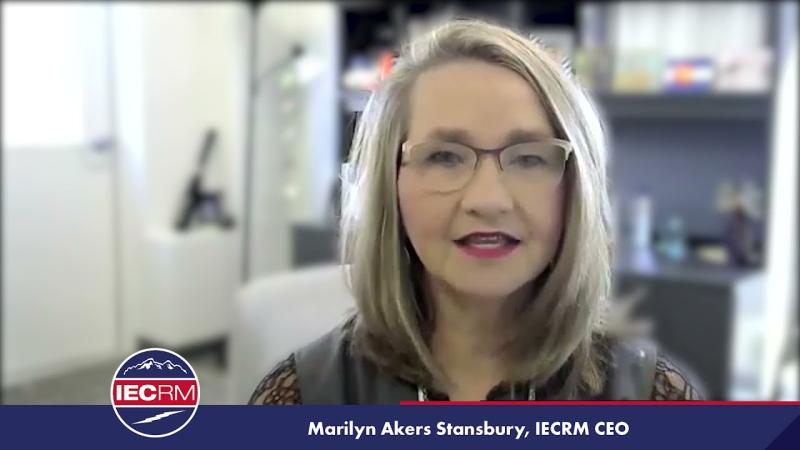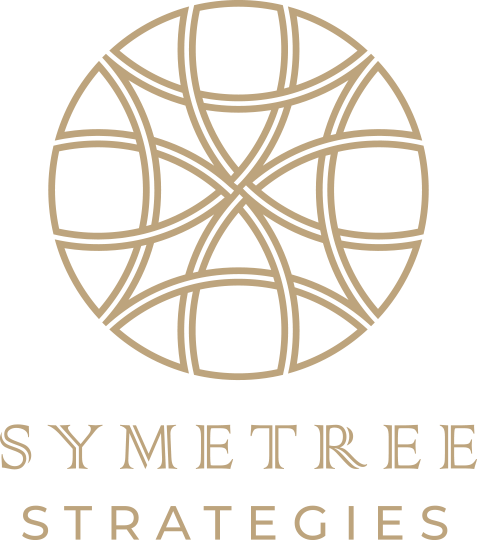Strategic Planning & Corporate Facilitation
Applying neuroscience to move from ideas to actions
Strategic planning is an essential activity for every organization. You name it — whether expanding into new markets, launching innovative products and services, considering a potential acquisition, or revamping your business structure — an effective strategic plan sets the stage for success.
But before you can execute the plan, you have to develop the plan… and that’s where many leadership teams get bogged down: During the planning meeting, the group goes off topic too easily. Senior executives try to play dual roles: decision maker and moderator. You focus on tactics instead of objectives. Some of your best and brightest get shut down by offhand remarks. And in the end, you find yourselves not much further than where you started.
Don’t worry, we’ve all been there. But here’s the most important message: You don’t have to stay there.
This is where Stephanie and the principles of neuroscience can help. Just as it’s human nature for meetings to go awry, it’s also in our nature to perform optimally. It comes down to understanding how our brains work and applying that knowledge to our interactions with each other.
As an outside facilitator, Stephanie combines her experience as an executive coach and strategist with her decades-long study of neuroscience to help sponsors develop and execute an effective agenda, and help teams stay collaborative, productive and on-topic.
Here are some of the key elements of Stephanie’s approach:

Developing an agenda that works
In pre-meetings with the sponsor, Stephanie uses brain science to establish an agenda that reflects the goal of the meeting — creating an actionable strategic plan —and the ways people actually think, communicate and react. She covers the roles of the meeting attendees and her work as meeting facilitator. Most of all, she helps leaders move away from how it’s always been done to how it should be done, coaching them on how to lead, ask drill-down questions, and recognize when it’s time to speak and when it’s time to stay quiet.

Priming the brain
At the beginning of the meeting, Stephanie will guide the participants through a brain-priming exercise that increases levels of neurochemicals that foster trust, creative thinking and collaboration. She’ll explain her role as facilitator and lay out “rules of engagement” that open up thought processes, prevent snap judgments and defensive thinking, and move participants away from self-preservation and toward an equitable foundation and common purpose.

Creating a proprietary, customized “funnel” that leads to an action plan
Stephanie’s unique process starts by establishing the meeting outcomes. Through a system of directions, challenges and questions, she then leads participants through analyses of opportunities, ideas and roadblocks. The end result is a clear plan that includes immediately achievable individual and group action items and establishes accountability.

Conducting a post-meeting debrief and follow-up on coaching
Stephanie’s work isn’t over when the hourglass runs out of sand. After the meeting, she meets again with the sponsor to discuss their performance, provide observations on participants, and offer actionable ideas for improvement. She also delivers documentation of her findings that leaders can refer to as needed.
Contact Us
Request a callback
Every person is unique, so why follow a structured program that does not recognize your unique abilities and challenges? Unlike the one-size-fits-all training methods, our customized coaching programs achieve faster results and are designed to ensure your continued success.
Testimonials
Words From Clients


